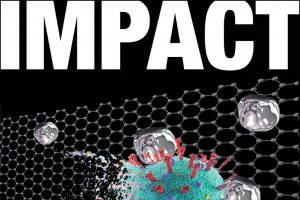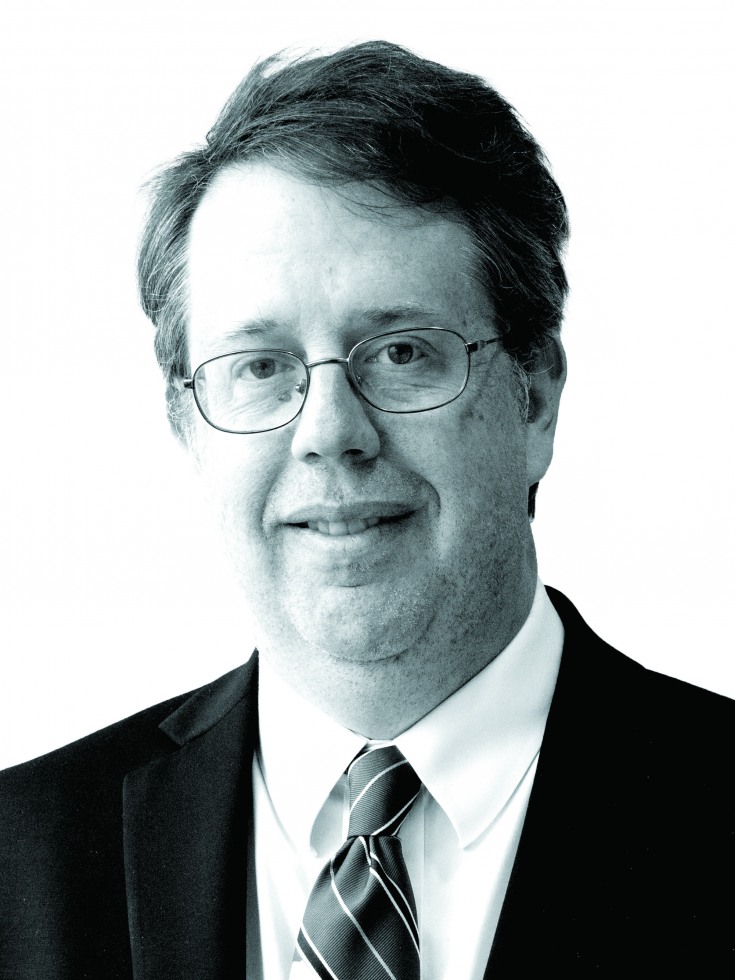PROVIDENCE, R.I. [Brown University] — Changing the way mathematicians approach their work has been the driving ambition of Brown’s Institute for Computational and Experimental Research in Mathematics (ICERM) since its start in 2010 as a national mathematics institute.
In July 2020, ICERM received a huge validation of its work, as the National Science Foundation made its largest award ever to Brown, giving the university and ICERM $23.7 million for the next five years of research and education programming.
ICERM’s Illustrating Mathematics program in the fall of 2019 certainly fit the institute’s goals, as it brought together dozens of mathematicians from around the world and also painters, sculptors and other visual artists to explore the images and objects produced in the course of mathematical study.
For three months, ICERM, high atop 121 South Main St. in Providence, buzzed with energy and overflowed with artwork during many in-depth sessions aimed at helping mathematicians use modern computer visualization in their research, using lectures, workshops and smaller-scale conversations that are a central part of the institute’s collaborations.
Panel discussions, many including professors from the Rhode Island School of Design, focused on the intersection of art and science, and a 3D printer brought in specially for the program rarely rested. Brown’s Granoff Center for the Creative Arts hosted a public exhibition of art created by mathematicians, and ICERM published its first-ever catalogue of mathematical art work. “We aim to show people that math is everywhere and intertwined with many branches of creative work,” said Brendan Hassett, ICERM's director and a mathematics professor at Brown.
Speaking about the NSF renewal grant, Hassett said, “Since its founding a decade ago, ICERM has been on a trajectory of steady growth in the research programs we offer and in the number of scholars and students who participate in them. We’re thrilled that NSF has recognized that trajectory and has chosen to renew our funding at such a high level.”
Jill Pipher, ICERM’s founding director and now vice president for research at Brown, said, “The funding level is a testament to the confidence that the National Science Foundation has in ICERM’s mission and in our execution of it. It is also a vote of confidence in the successful management of this major national research center, something that can only be achieved with the unwavering support from both faculty and administration that ICERM has enjoyed from its start in 2010.”

